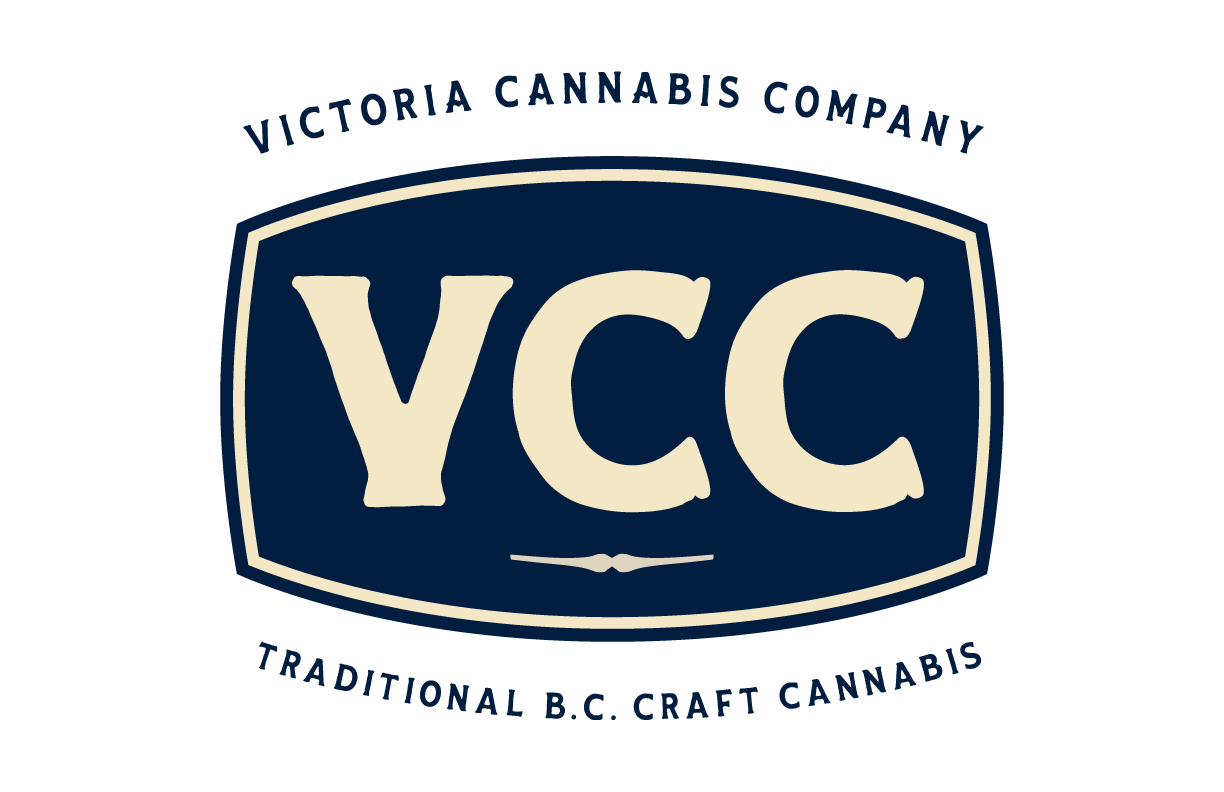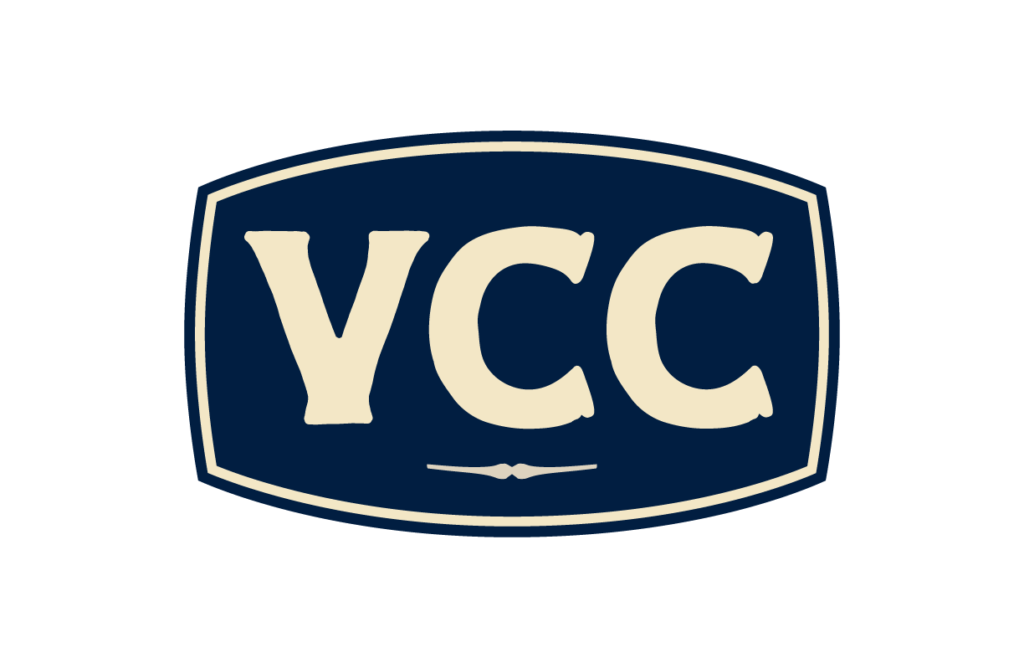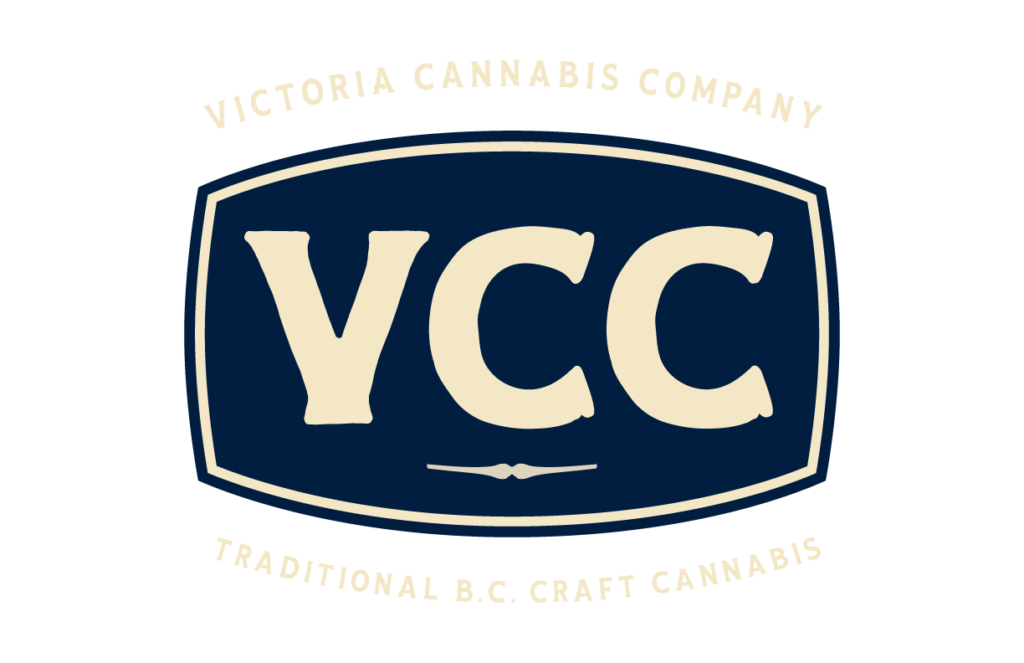The 1990s and early 2000s saw BC’s cannabis industry move from the shadows into a legal grey area. While cannabis was still federally illegal, BC’s attitude toward enforcement had drastically changed. Vancouver, in particular, became a hub for dispensaries and medical cannabis activism, with dozens of unlicensed retailers openly selling cannabis products.
The Activists Who Shaped BC’s Cannabis History
British Columbia’s path to cannabis legalization was not a passive evolution—it was the result of decades of activism, legal battles, and civil disobedience led by individuals and organizations who refused to accept prohibition. Among the most well-known figures in this fight was Marc Emery, the self-proclaimed “Prince of Pot,” who gained international recognition for openly selling cannabis seeds and using his profits to fund legalization efforts. Emery’s defiance of both Canadian and U.S. laws helped bring BC genetics to the world stage, making strains like BC Bud globally renowned. His multiple arrests and eventual extradition to the United States in 2010 cemented his status as one of the most controversial figures in cannabis activism.
Dana Larsen, another prominent BC activist, took a more grassroots approach to reform. As a longtime advocate for decriminalization, he founded several dispensaries and spearheaded campaigns like Sensible BC, which sought to remove criminal penalties for cannabis possession at the provincial level. His activism extended beyond legalization, with efforts to promote drug policy reform on a broader scale, including safe supply initiatives and psychedelic legalization.
BC’s early compassion clubs worked quietly but effectively in the shadows, providing medical cannabis to thousands of patients long before Health Canada acknowledged its therapeutic value. Organizations like the BC Compassion Club Society and the Victoria Cannabis Buyers Club operated in legal limbo, defying authorities to ensure that those suffering from chronic pain, cancer, and other illnesses had access to safe, high-quality cannabis. The compassion clubs were among the first to normalize cannabis as medicine, building the foundation for the country’s medical cannabis framework in the early 2000s.
Ted Smith, founder of the Victoria Cannabis Buyers Club, became another key figure in BC’s fight for medical cannabis. His activism was not just about access but also about legal precedent—his repeated arrests led to landmark court cases that helped establish the right of patients to use cannabis for medical purposes. Smith’s commitment to the cause extended to education and advocacy, as he continued to push for fairer regulations even after legalization.
Another turning point in BC’s cannabis movement came with the rise of the ‘Stop the Violence BC’ initiative, a coalition of academics, law enforcement officials, and public health experts who advocated for the end of cannabis prohibition. Unlike earlier activists, this group approached legalization from a harm reduction perspective, arguing that regulated cannabis sales would reduce gang violence and improve public safety. Their efforts played a critical role in shifting public perception and pressuring policymakers to take cannabis reform seriously.
The impact of these activists—and many others who risked legal consequences to challenge prohibition—cannot be overstated. BC’s cannabis culture did not emerge by accident; it was cultivated through years of resistance, education, and community organizing. While legalization has transformed the industry, it is the work of these pioneers that laid the groundwork for everything that followed.


